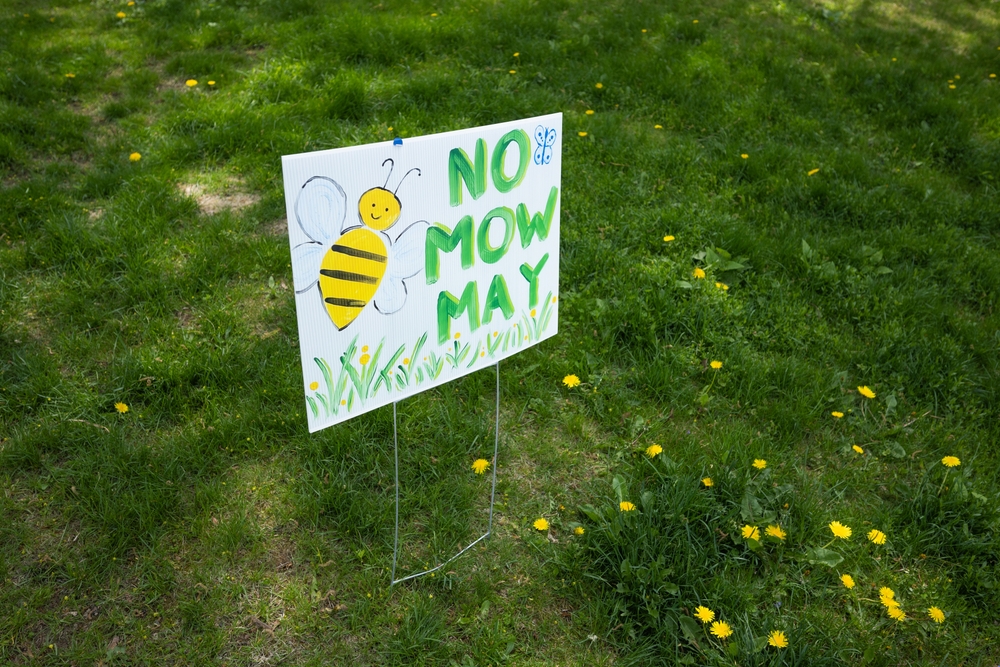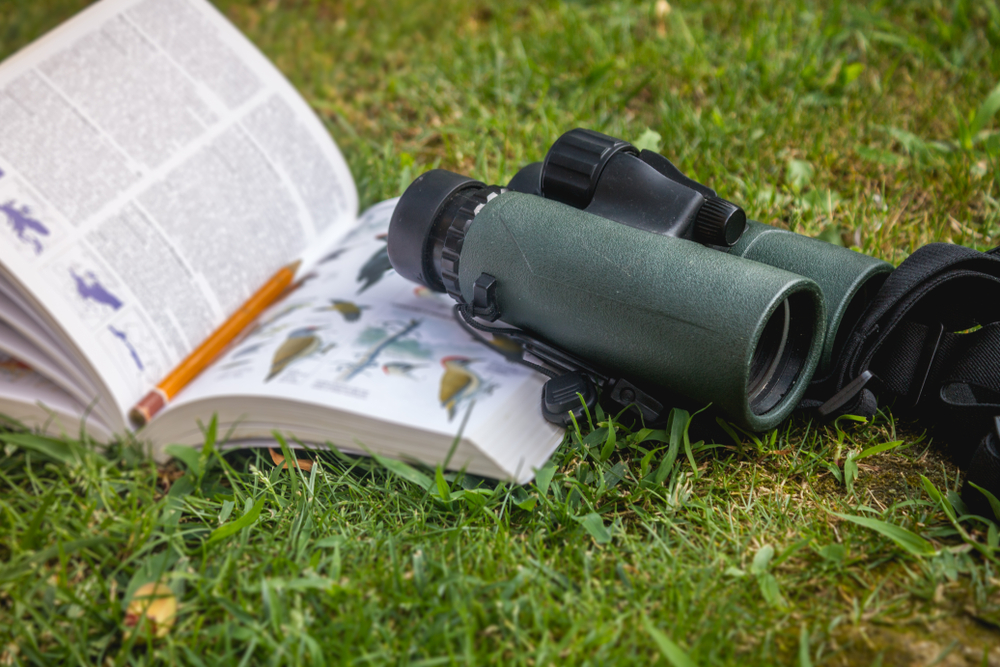If you visit St. Andrews University in Scotland, you will probably be impressed by the beautiful campus, but the university is going above and beyond to make its grounds even more impressive by transitioning its lawns into pollinator-friendly meadows.
The Urban Meadows for Pollinators Project will turn eight hectares of previously close-mown grassland into biodiverse meadows. The initiative is a collaboration between the school and Fife Council, St. Andrews Botanic Garden, the Fife Coast, and Countryside Trust, and Crail Community Partnership.
St. Andrews, which aims to become carbon neutral by 2035, was the first university to establish an interdisciplinary sustainable development program in 2005. It relies on a Biodiversity Working Group, established in 2019, to consistently improve the sustainability of the campus. The group is made up of staff, academics, students, and external experts. In accordance with the group’s recommendations, 10 percent of the school’s grounds will be managed as open space for wildlife by next spring with the goal of managing 60 percent of university-owned land for biodiversity by 2035.
So what does rewilding a campus look like? In addition to planting native pollinator-friendly species, the school will also reduce moving to a couple of times a year and cut back the use of chemical weed killers to a few designated patches on campus. The project will support not only insects but also birds like swallows and goldfinches, as well as mammals like bats and hedgehogs.
As the initiative kicks off, one team member told Treehugger that the positive changes are already being seen: “It is instantly noticeable the major increase in biodiversity. What is also exciting is seeing how people are engaging with the meadows, appreciating them as a space, and connecting themselves to nature.”












